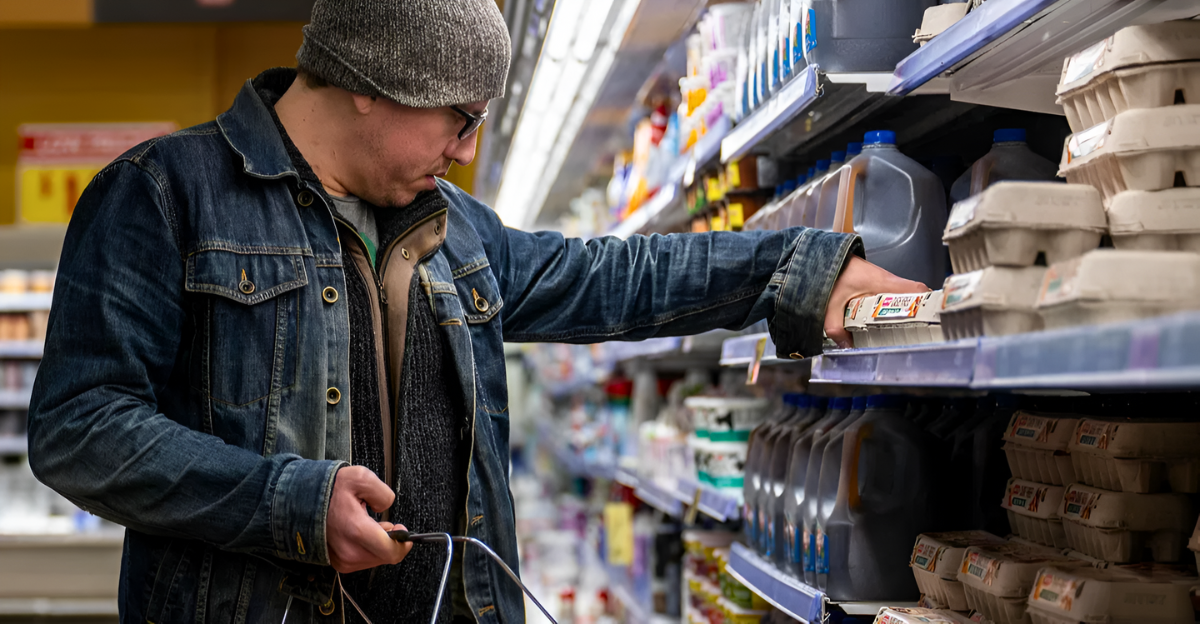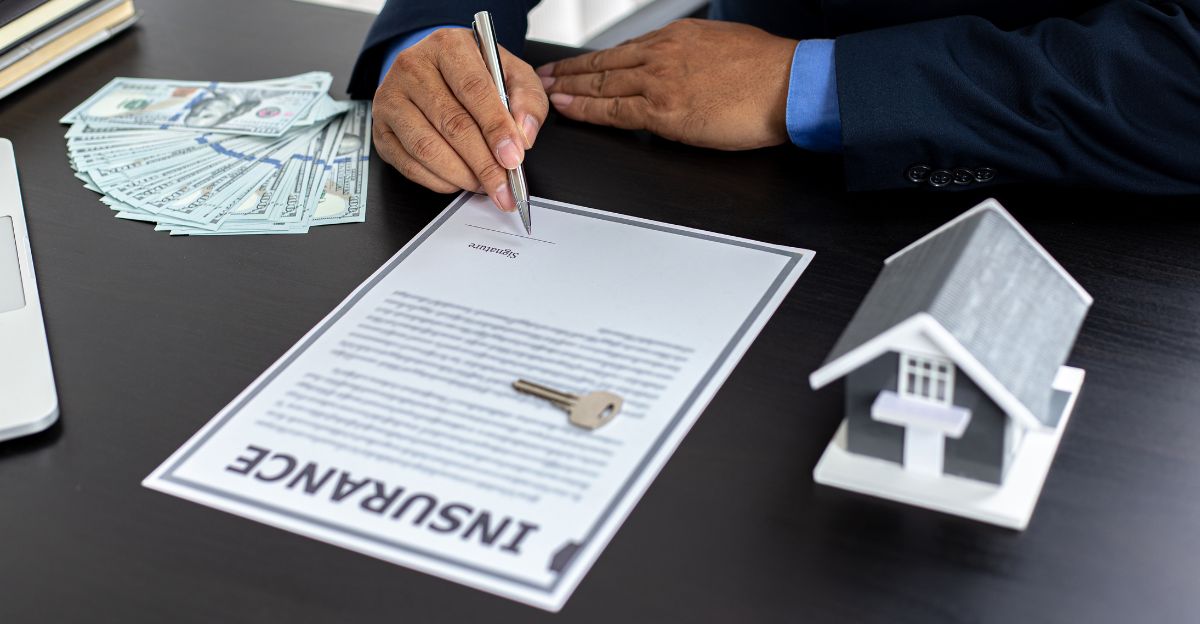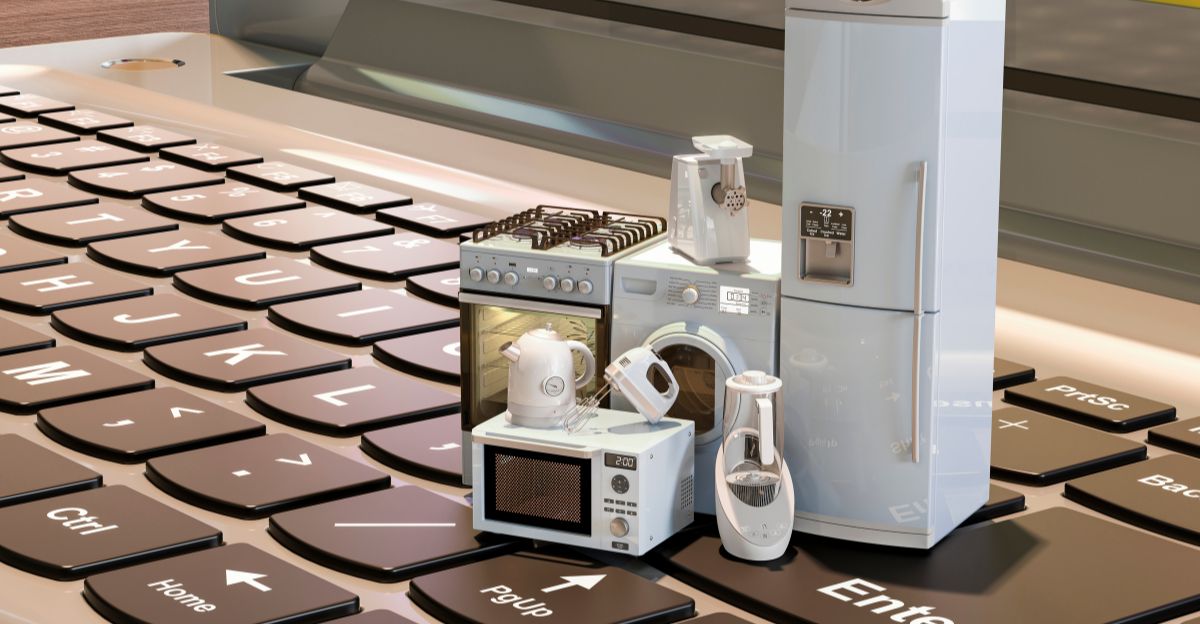
While 2025 continues, many Americans observe that everyday items and services are increasing even though overall inflation is slowing down. On average, prices are rising modestly as the official inflation rate is around 2.7%. However, some products and services are becoming more expensive than others.
There are factors to consider regarding price increases, such as climate change that causes extreme weather conditions, global supply chain issues, and trade policies such as tariffs that make certain items cost more. Knowing which things will likely get more pricey can help people plan their year and manage their budgets and spending.
1. Coffee

Brazil, the world’s largest coffee exporter, is facing unpleasant weather conditions, which is why coffee prices increase. They have experienced a massive drought followed by heavy rains that caused damage to crops. This pushed Arabica bean futures to record highs. Rob Handfield, professor of supply chain management at North Carolina State, said: “Coffee prices are expected to climb 20 percent in 2025 due to adverse climate conditions, rising production costs, and growing demand.”
The demand for coffee has increased worldwide, which adds to the problem and, in turn, makes your daily cup of Joe more expensive. You can expect coffee prices to go up and down unpredictably as they are impacted by weather problems due to climate change.
2. Eggs and Meat

The U.S. Department of Agriculture (USDA) forecast predicts egg prices will increase by 41.1% in 2025, citing the ongoing impact of the highly pathogenic avian influenza (HPAI) outbreak: “Retail egg prices continue to experience volatile month-to-month changes due to an outbreak of HPAI that began in 2022. HPAI contributes to elevated egg prices by reducing egg-layer flocks and egg production.”
Over the past year, prices of eggs and uncooked beef have increased by over 10%. A few reasons for the hike in these prices are supply chain issues, higher feed costs, and climate change. This is due to droughts and extreme weather conditions that lower crop yields, which cause livestock feed prices to rise.
3. Travel and Transportation

There are many reasons for airfare and car insurance prices to rise. Airlines face higher fuel prices, which is a big part of their expenses. We have seen a fluctuation of jet fuel prices in 2025, but it remains higher than it did pre-pandemic. This pushes airlines to increase their ticket prices to cover the costs. Regarding car insurance, customers’ premiums have increased by over 10%.
Insurance companies have done this because they see a rise in paying out claims linked to accidents and damage because of extreme weather conditions, such as storms and floods. Taxes on car parts are also raising prices.
4. Home Insurance and Repairs

Regions more susceptible to climate disasters like wildfires, hurricanes, and floods might particularly face higher insurance premiums and repair costs because they are more likely to make damage claims. According to the Fifth National Climate Assessment, almost 40% of the U.S. population lives in coastal areas, increasing their exposure to more frequent and severe flooding, storms, and erosion, putting pressure on local infrastructure and making it more expensive to maintain and protect homes.
Daniel Lucas, carrier relations manager at Insurify, explained: “The cost to rebuild or repair a home is a primary consideration in calculating insurance rates. If the cost of construction materials rises, those costs would be factored into policyholder premiums.”
5. Appliances and Electronics

David Warrick, executive vice president at Overhaul and former head of global supply chain technology at Microsoft, said: “We expect home appliance prices to rise this year, especially for mid-range and premium models that rely heavily on imported parts and materials.”
Due to rising tariffs on imported goods and raw materials such as steel, aluminum, and copper, household appliances like washing machines, stoves, and refrigerators will likely become more expensive. Manufacturing costs are increased because the tariffs are currently at 50%, which applies domestically and abroad. So, if you need any new appliances, purchasing them sooner rather than later might be best!
6. Groceries: Beyond Meat and Eggs

Climate change and struggles to get products from farms to stores are causing food prices to increase in many areas, although these are not the only reasons. Fruits like oranges, lemons, apples, and dairy products like whole milk have become more expensive, with prices rising between 6% and 9.5%. Even though the supply has plummeted because of natural disasters, the demand stayed the same, meaning prices go up.
We can expect this to continue unless serious steps are taken towards climate change and ways to protect the food while these disasters are happening. Gernot Wagner, climate economist at Columbia Business School, states: “Extreme heat is already raising food prices, and it’s bound to get worse.” He noted that heat-driven crop failures contribute significantly to inflation in products like citrus and dairy.
7. Streaming Services and Entertainment

Peter Csathy, CEO of media consultancy MediaLink, noted: “Content production costs have skyrocketed due to inflation, labor shortages, and supply chain issues, forcing streaming platforms to increase subscription prices.” Prices had gone up by more than 10%.
This is because companies that create shows and movies have to pay more to produce and have the rights to use them. It also costs more to run events, so you can expect your ticket prices for sports games to increase.
8. Healthcare and Medical Costs

Extreme weather not only has an effect on home and car insurance, but health insurance premiums are also rising because of the increased demand for care.
Dr. Georges Benjamin, executive director of the American Public Health Association, said: “Climate change is a public health emergency that is already increasing the burden on our healthcare system, from emergency care to long-term treatment, which inevitably raises costs.”
These changes should not cause panic; instead, this can help you prepare to spend your budget wisely and be ready if these changes occur.